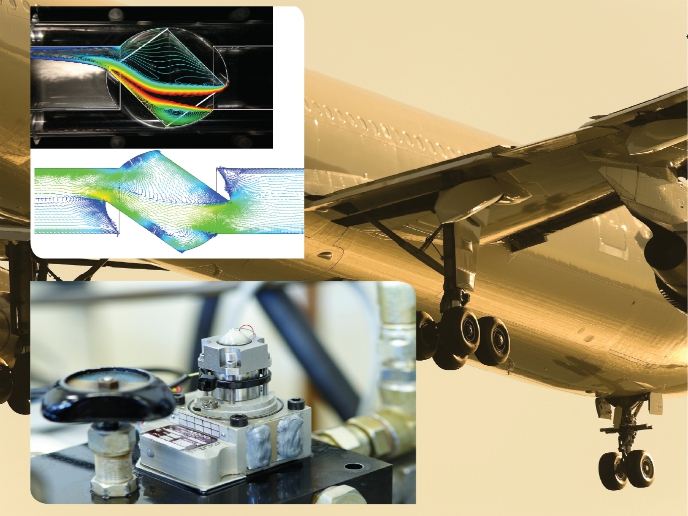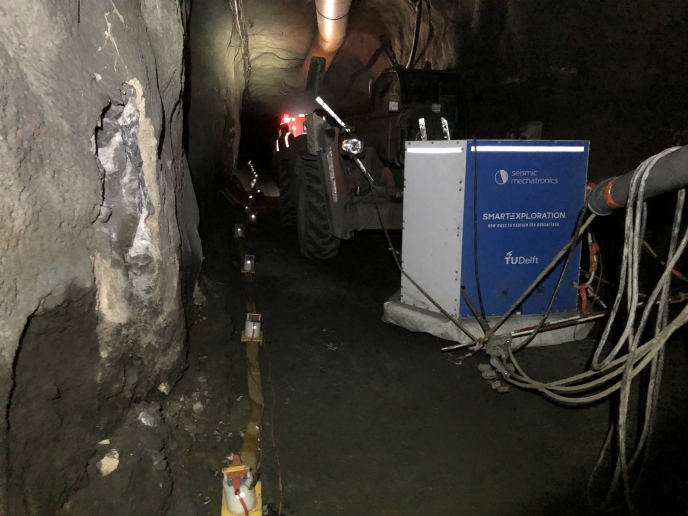Common problems, different techniques
In analytic geometry, there seems to be no obvious way of dealing with spaces of infinite dimensions. On the other hand, many infinite-dimensional objects in algebraic geometry could be interpreted as constructions with finite dimensions in analytic geometry. This observation was the starting point of the EU-funded project STACKSCATS (Stacks and categorification). During its three-year lifetime, scientists worked on ways to use algebraic geometry to better describe spaces without boundaries as well as spaces with a partial boundary. The focus was set on the category of complete Bornological vector spaces of convex type over a complete, non-trivially valued field. A generalisation of this category is the so-called Ind-Banach modules over a normed ring. Examples are the Archimedean rings and the Novikov ring. The main technical tool scientists used was the version of the derived category that comes from a quasi-abelian setting. They showed how to recover well-known notions in complex and analytic geometry. Moreover, they extended the results to the Stein and quasi-Stein setting. With the use of algebraic geometry, STACKSCATS resulted in a more accurate description of spaces without boundaries and spaces with a partial boundary. In both cases, the morphisms between them that are known as open immersions could be characterised under certain conditions. Although slightly different from the project's original objectives, the outcome was a better understanding of these conditions in cases relevant to analytic geometry. Three papers published in high-impact peer-reviewed journals detail the innovative work carried out.







